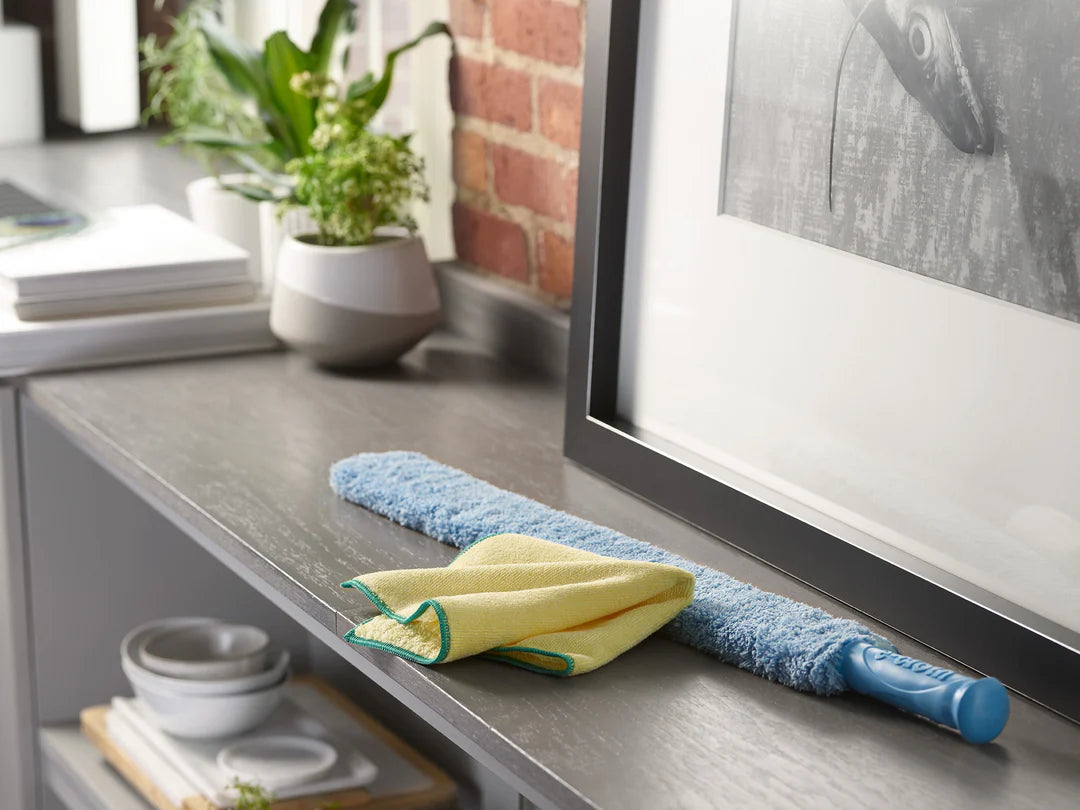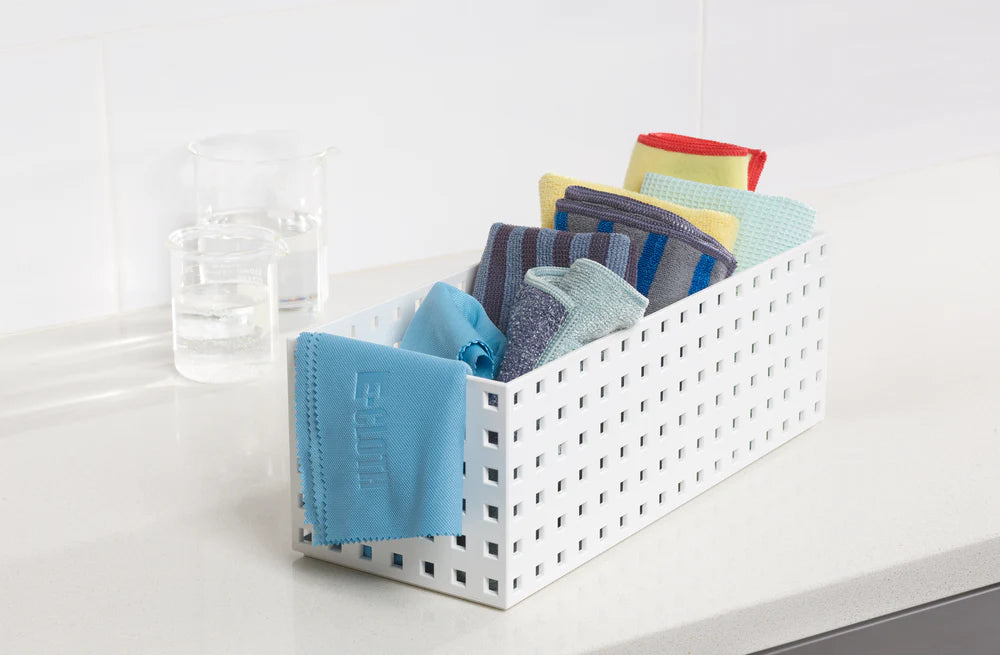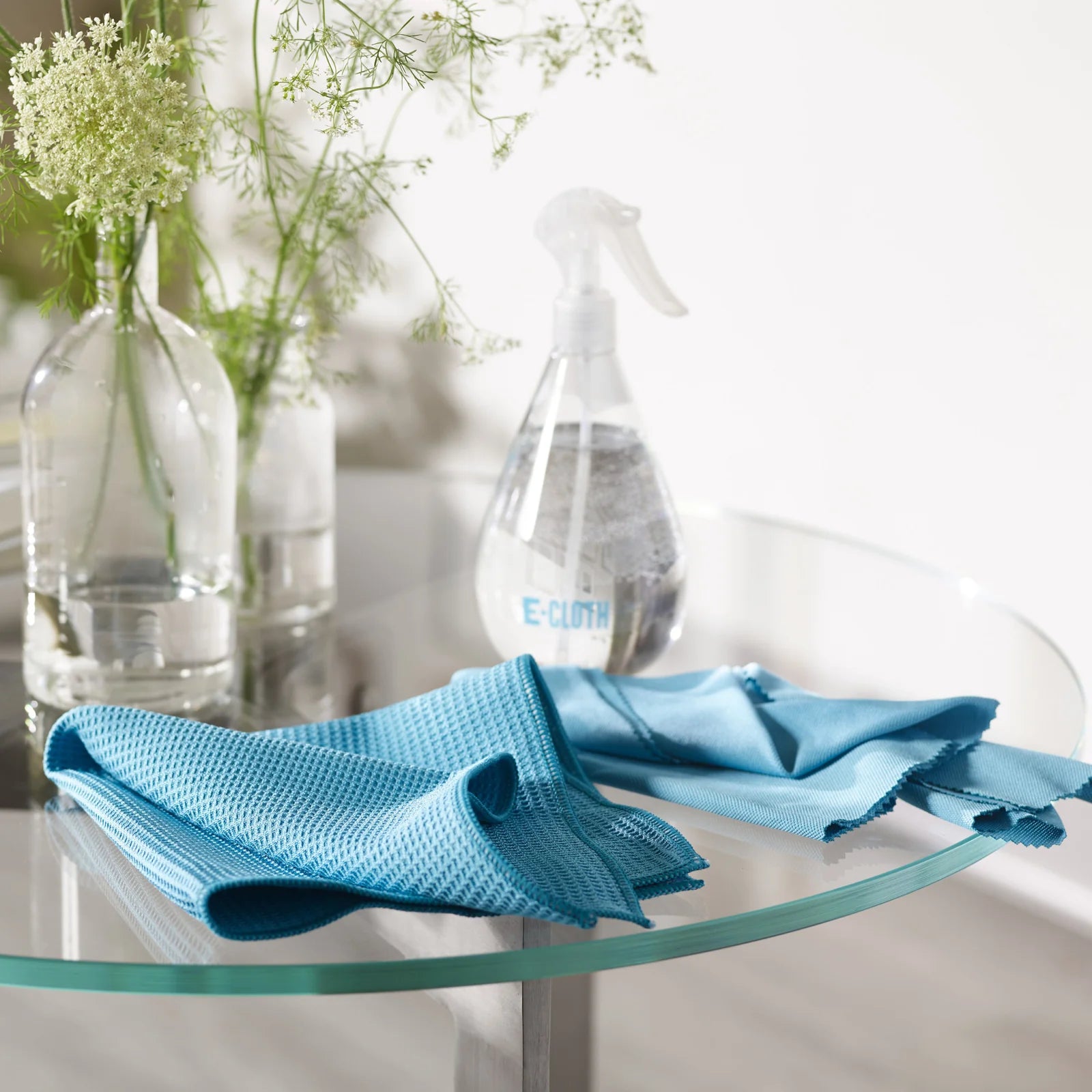Experience Real Cleaning
A Clean You Can See

Blue Liquid Glass Cleaner

E-Cloth Window Cleaning Kit
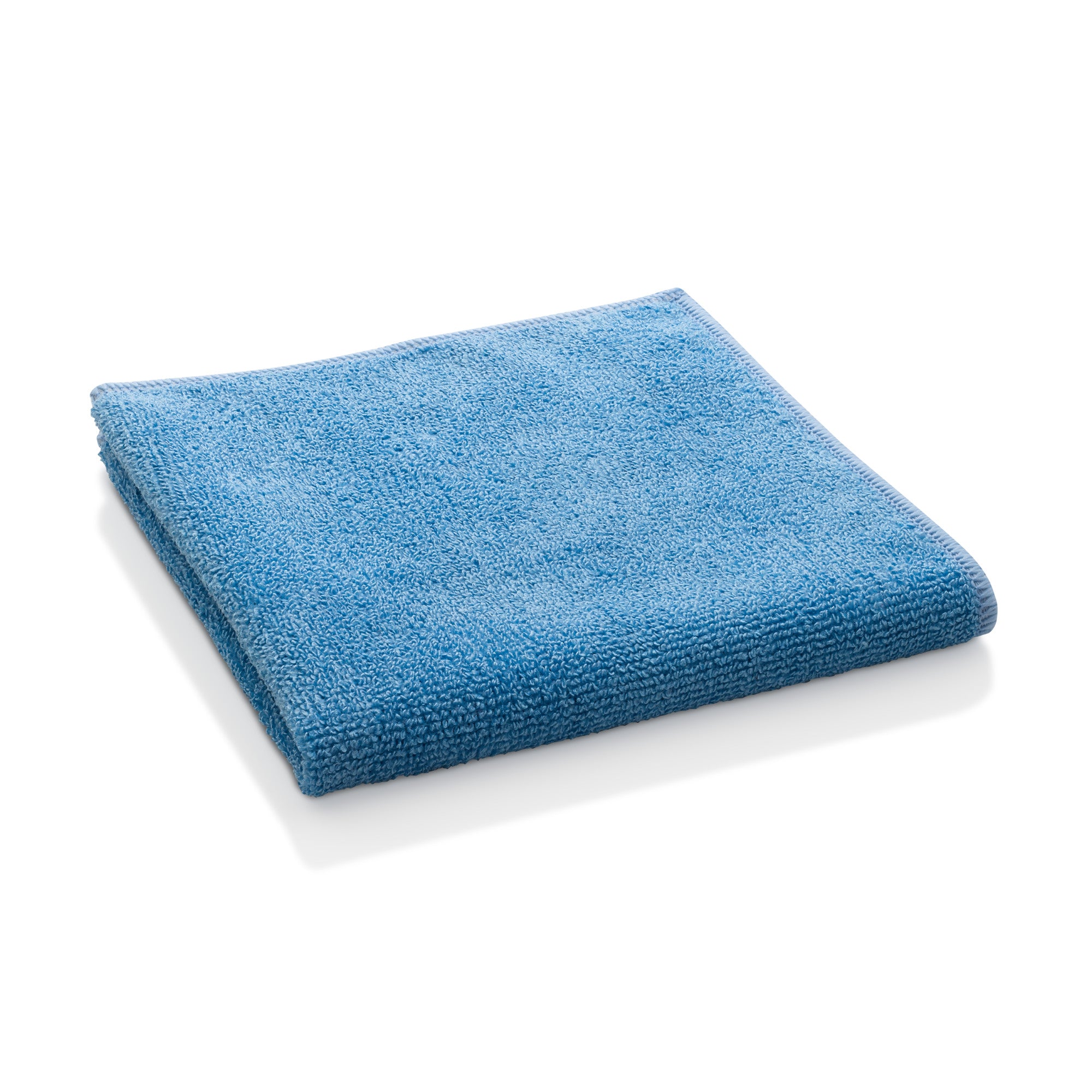
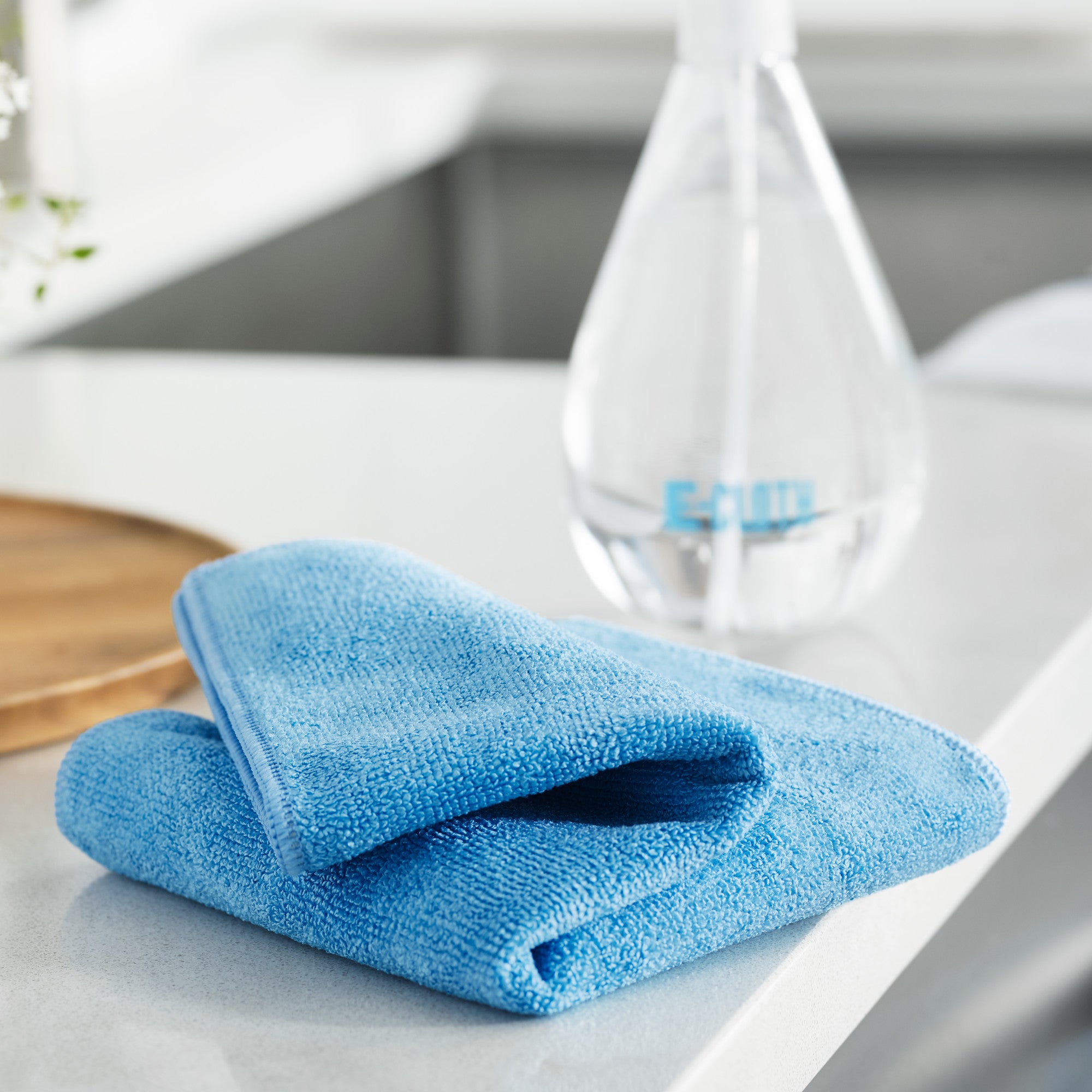
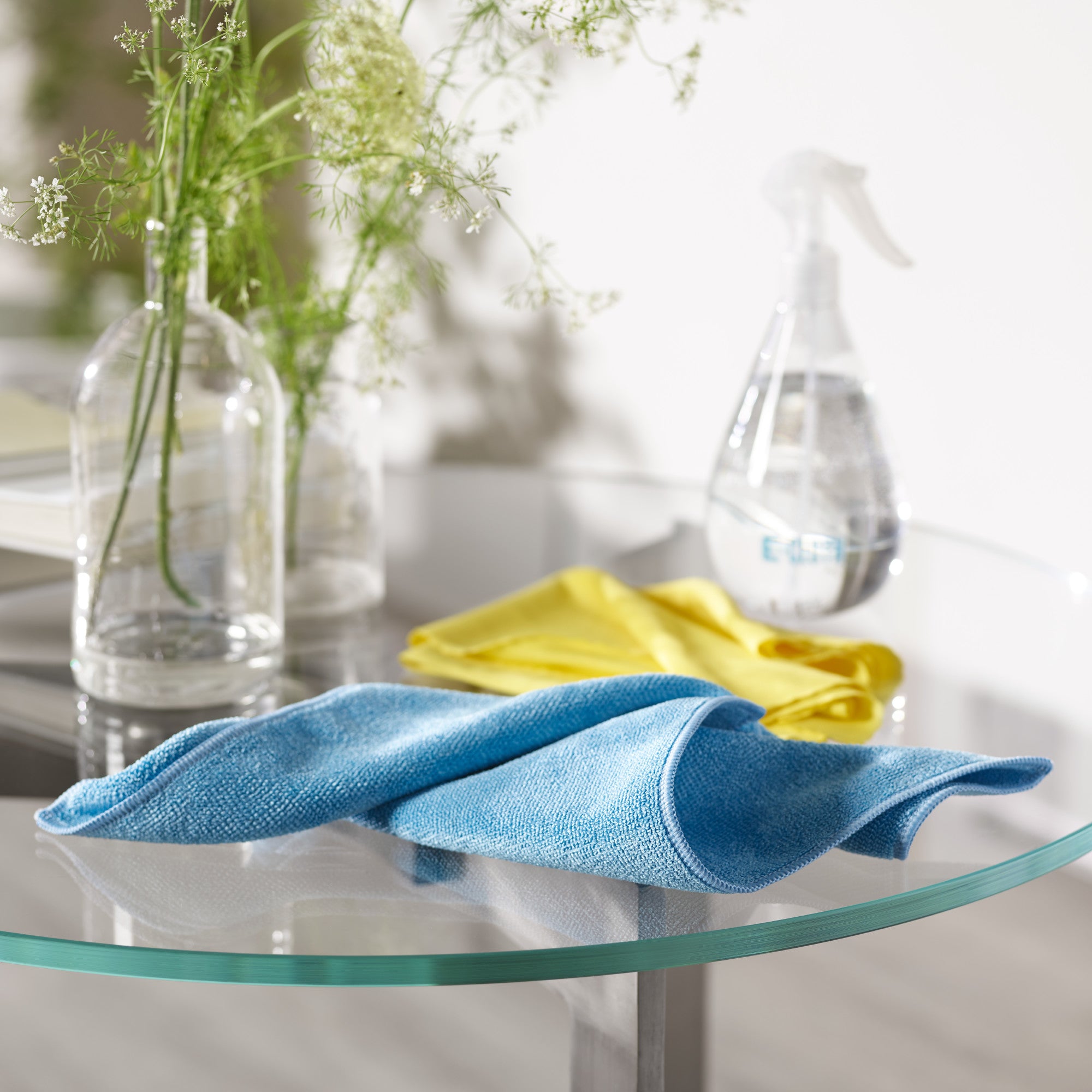
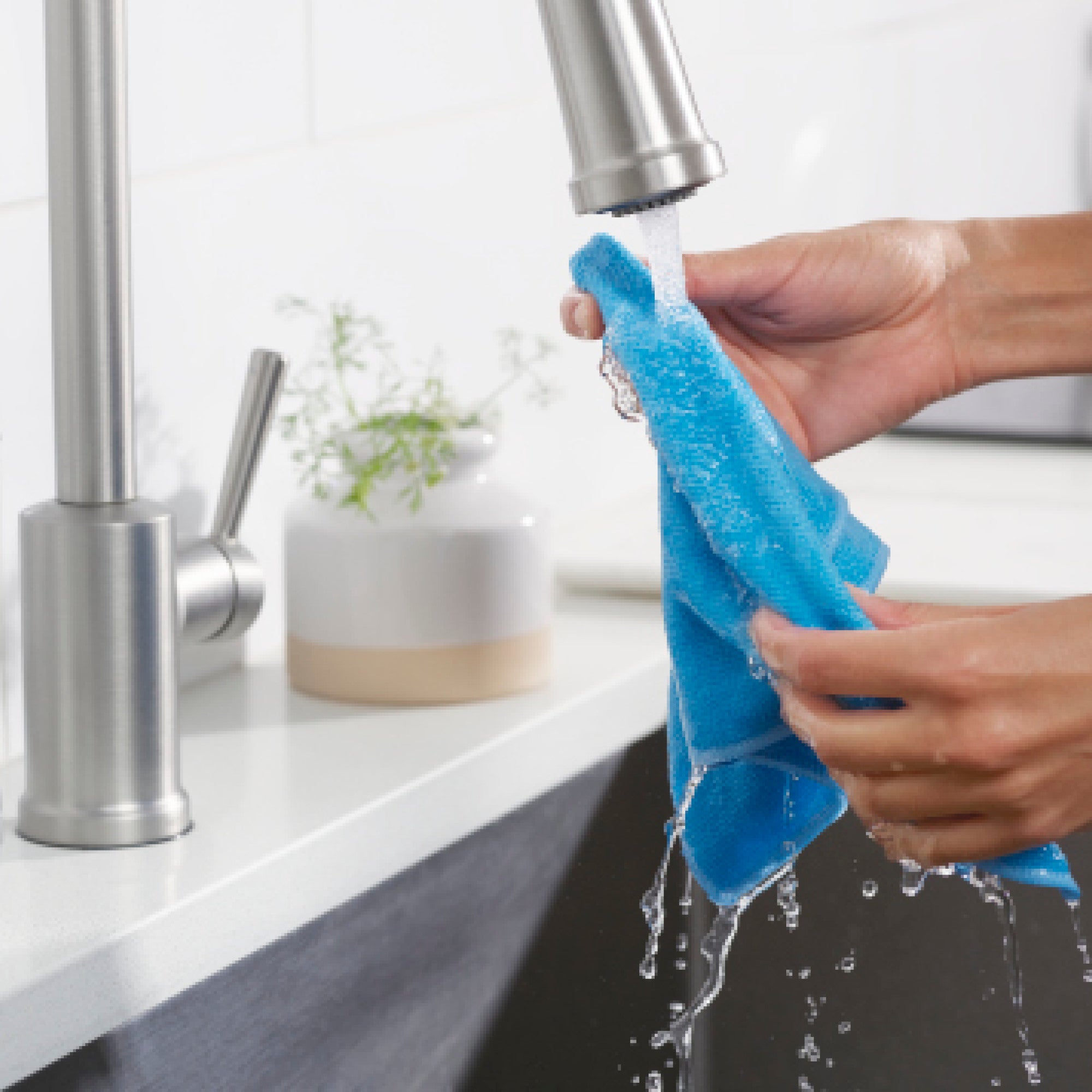
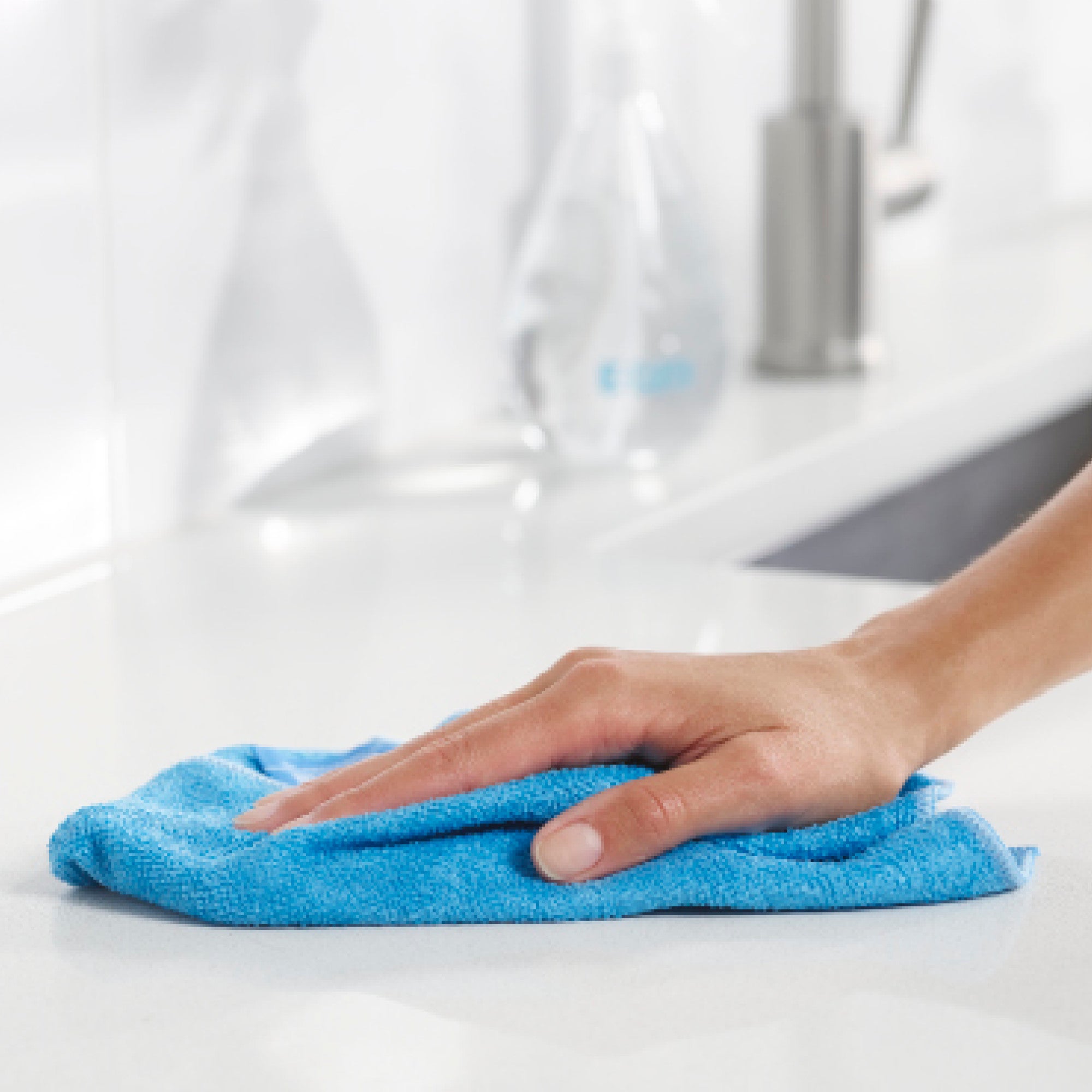
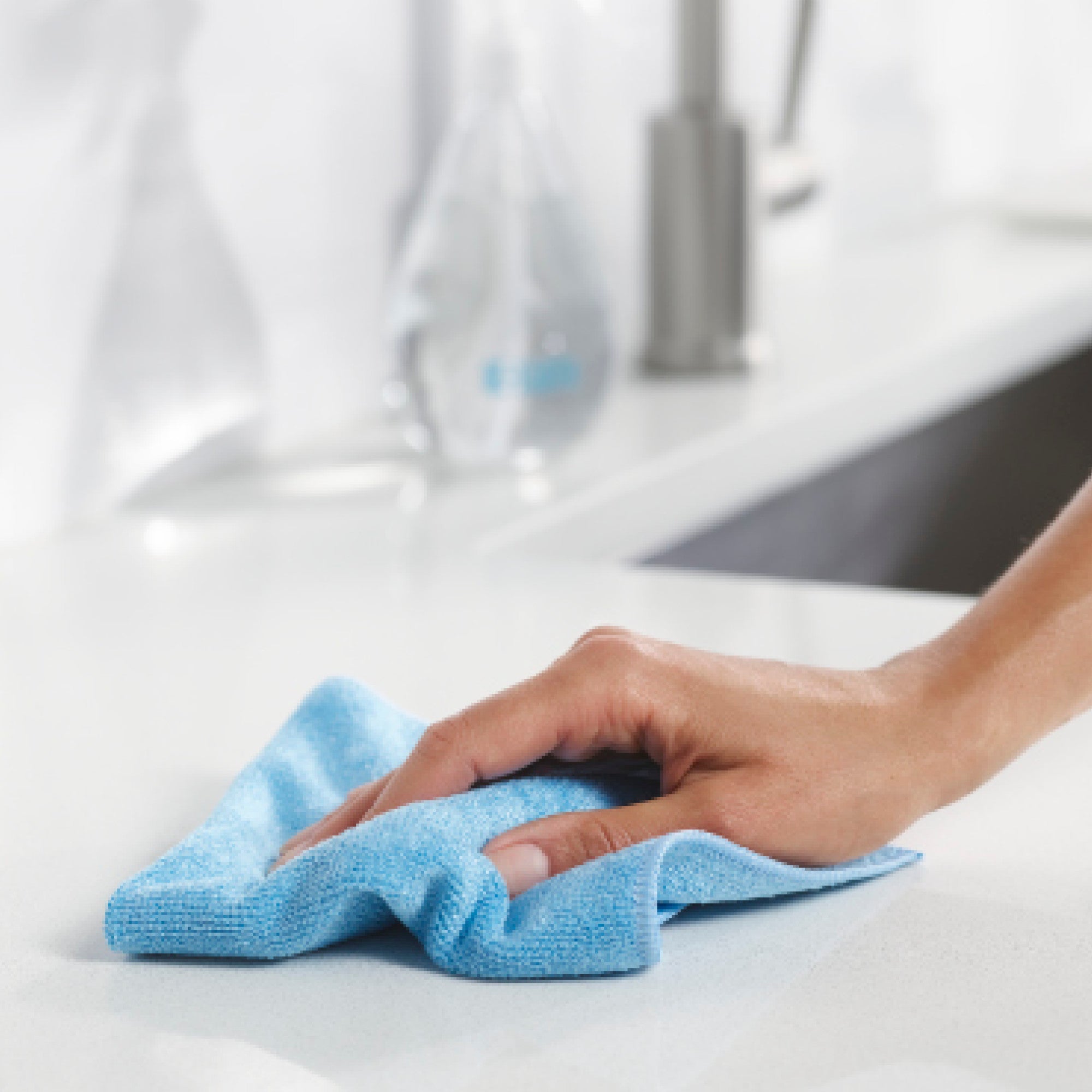
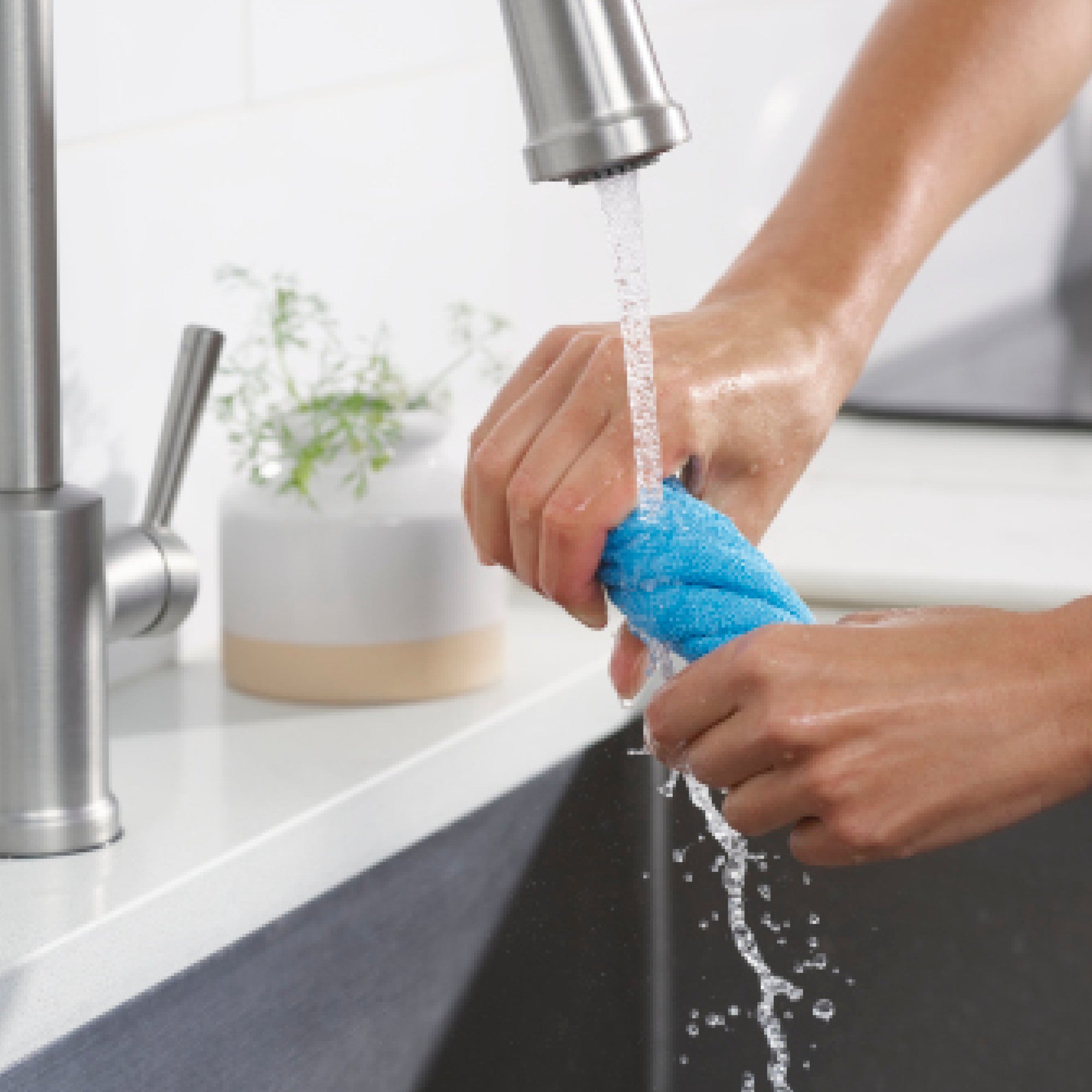

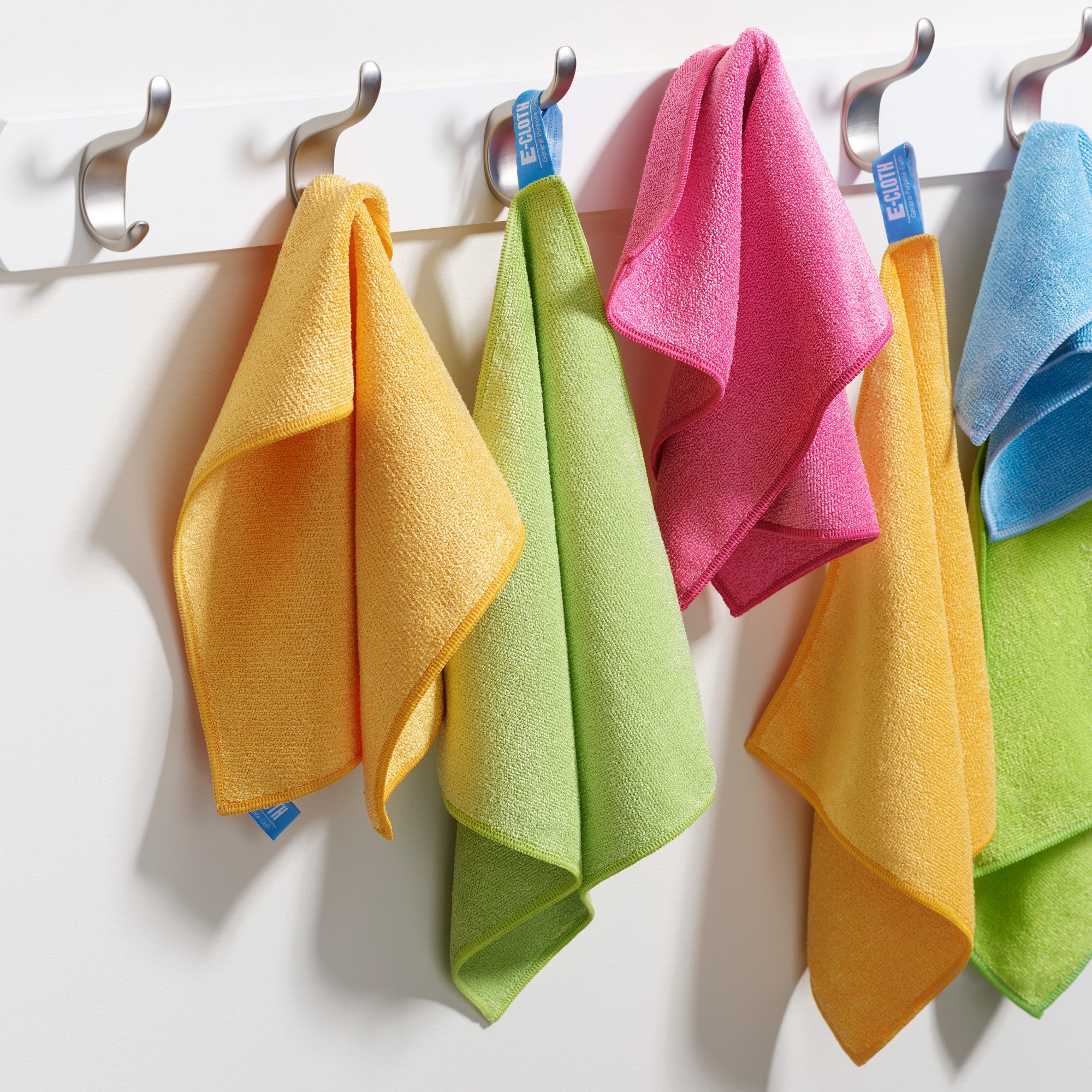
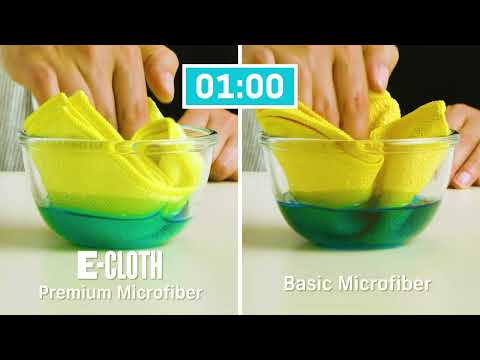

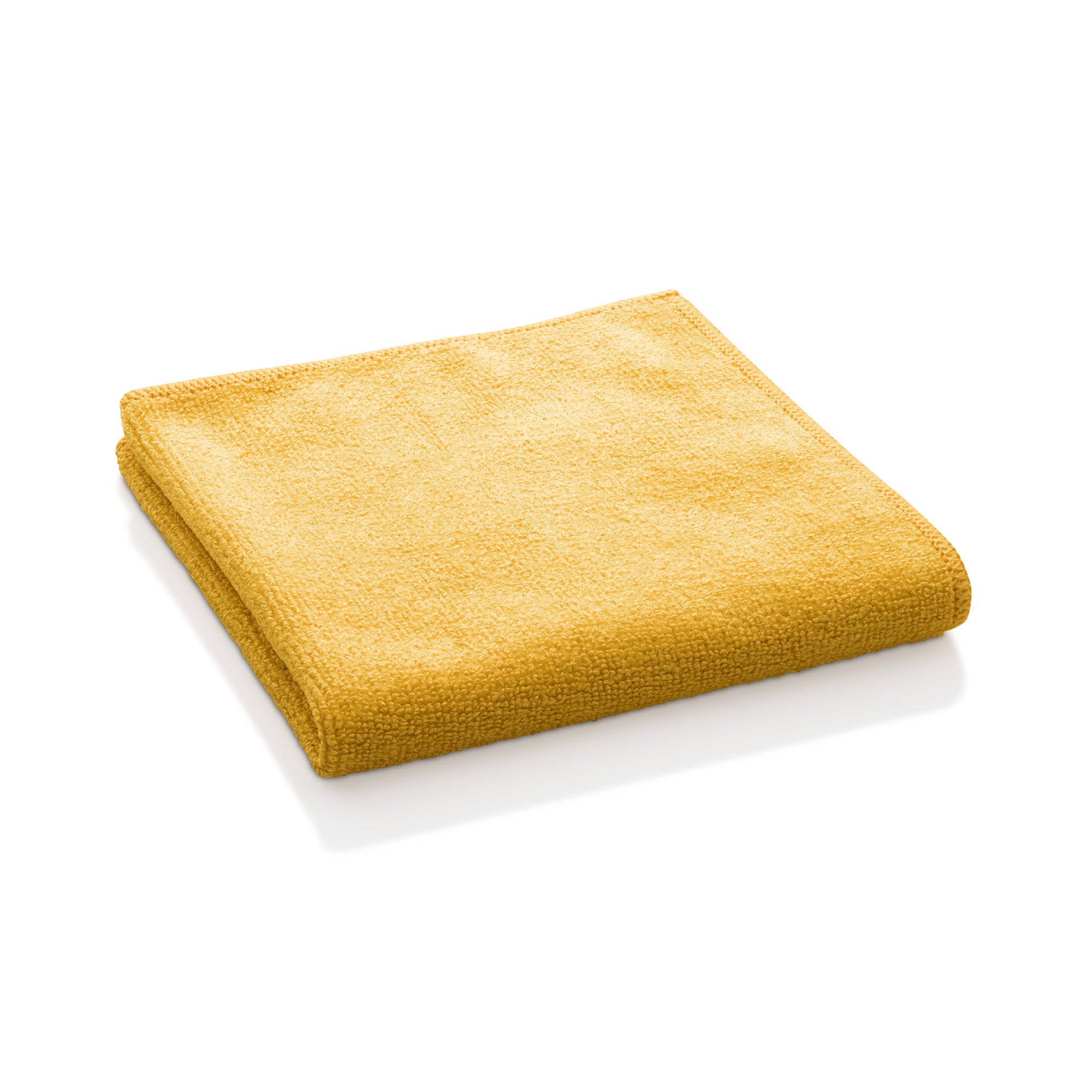
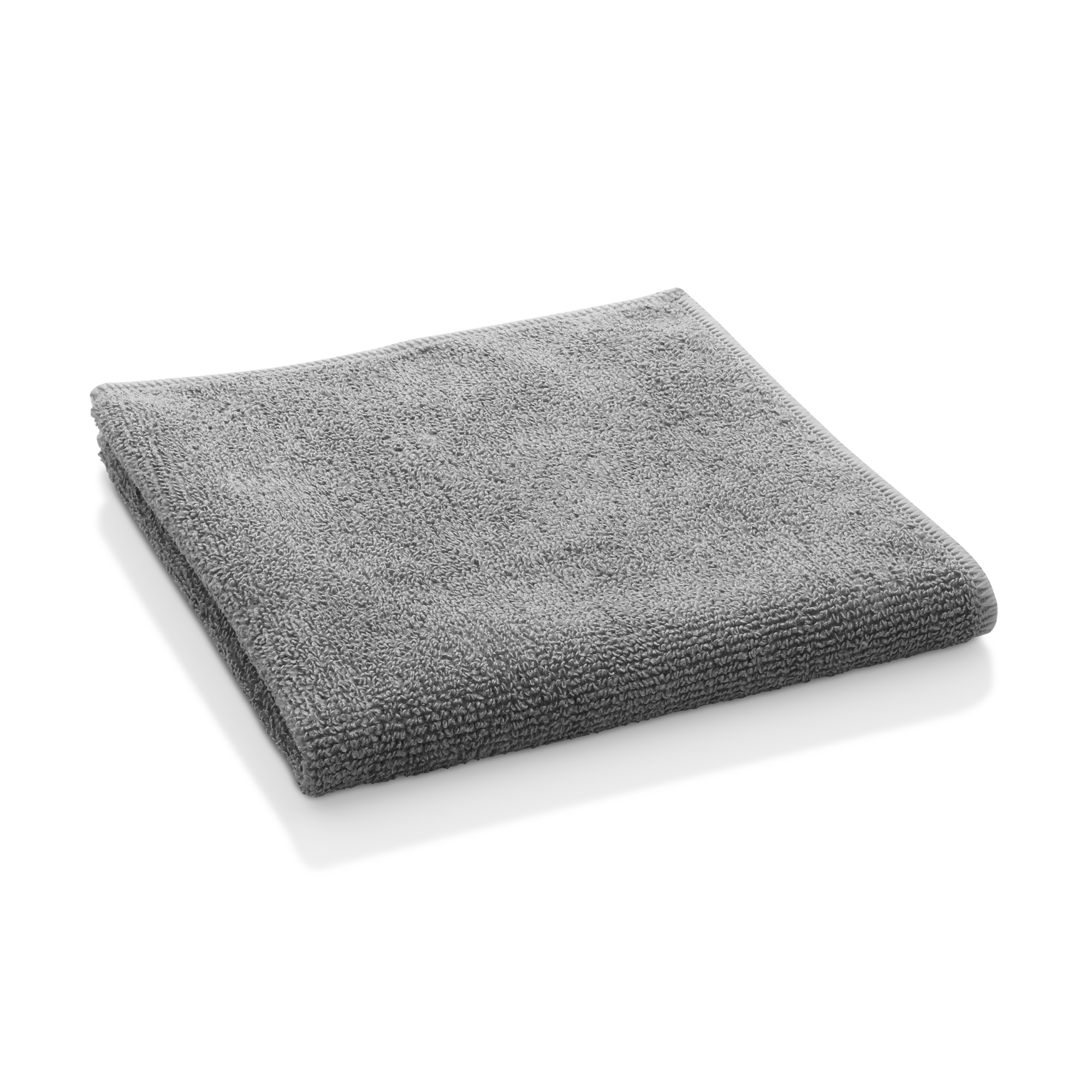
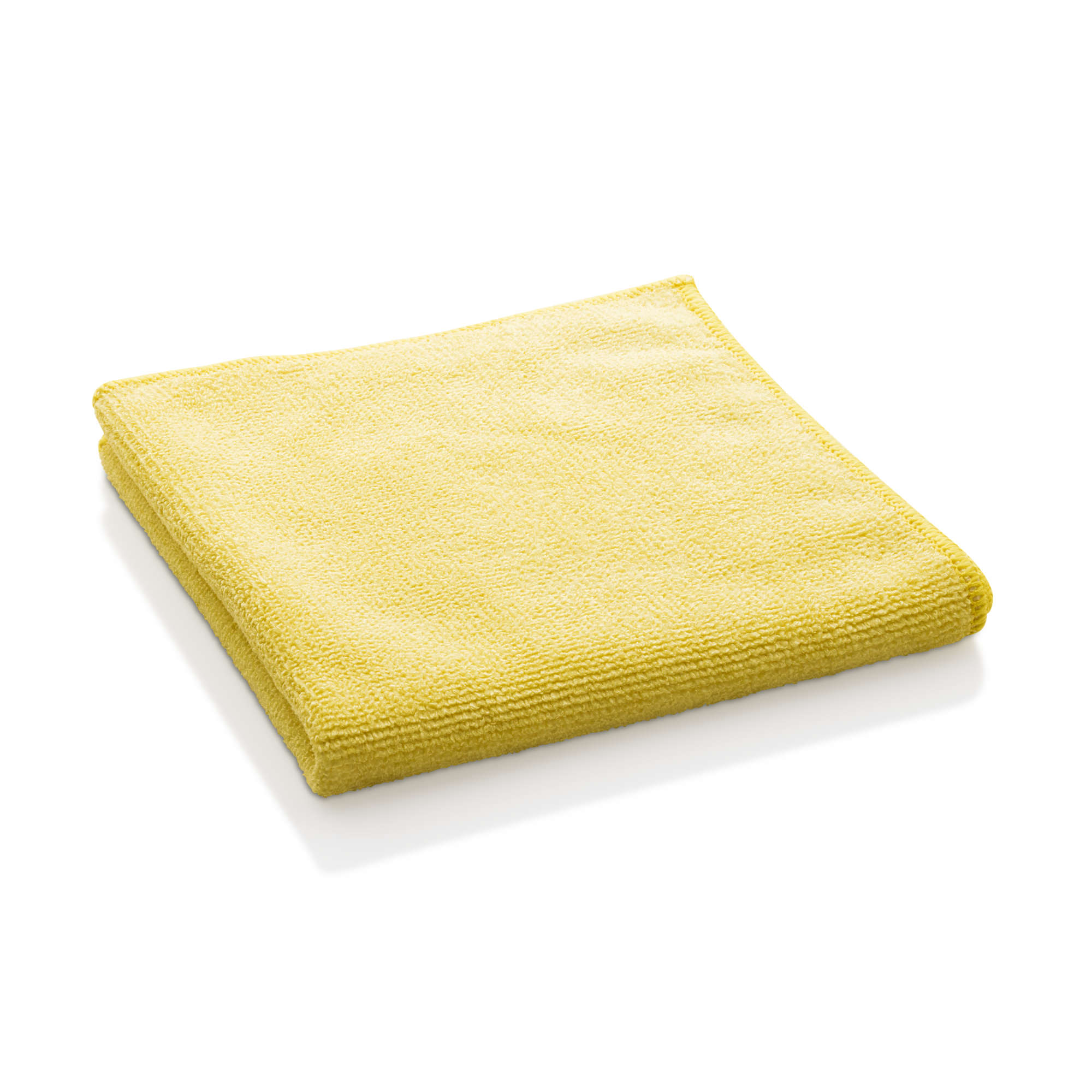
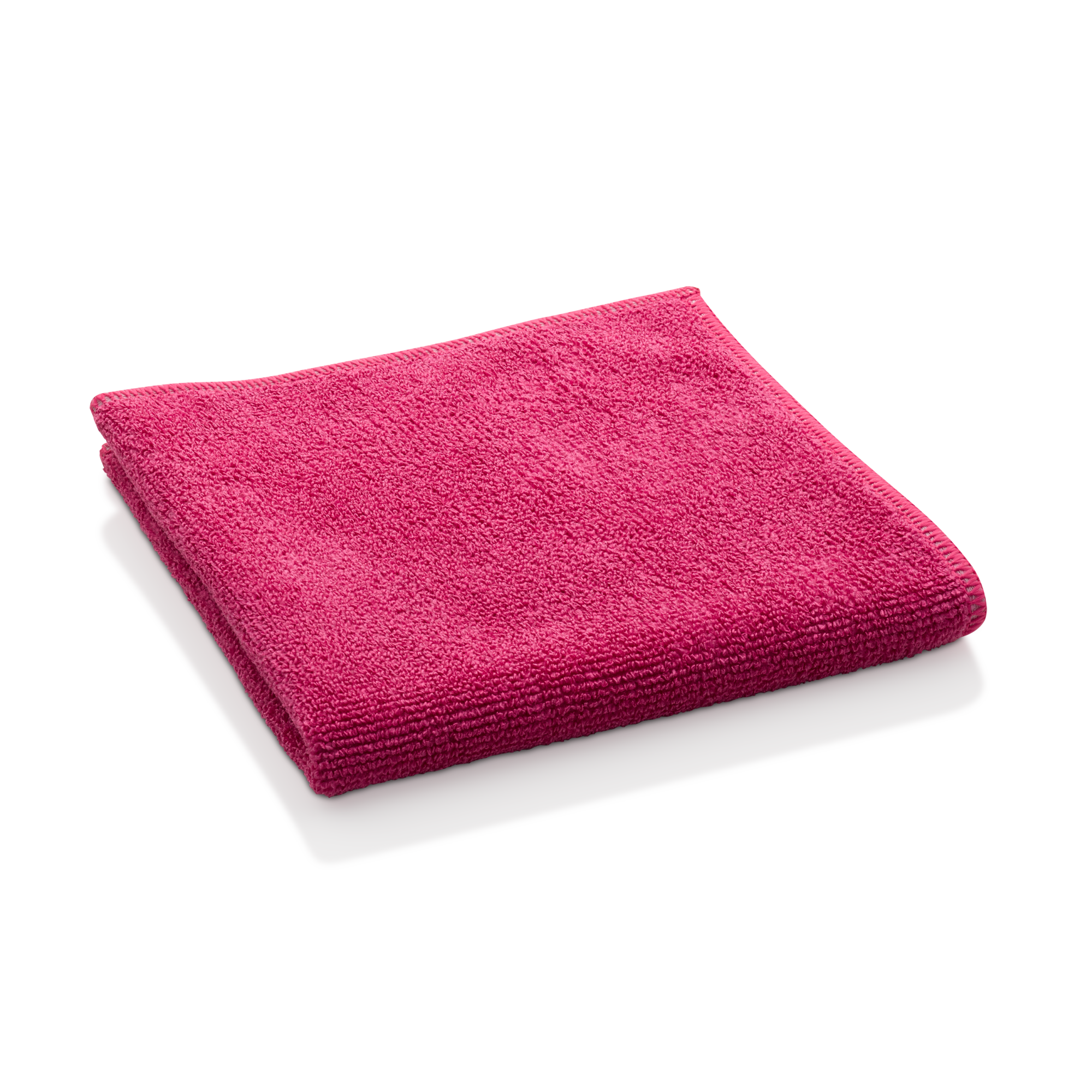

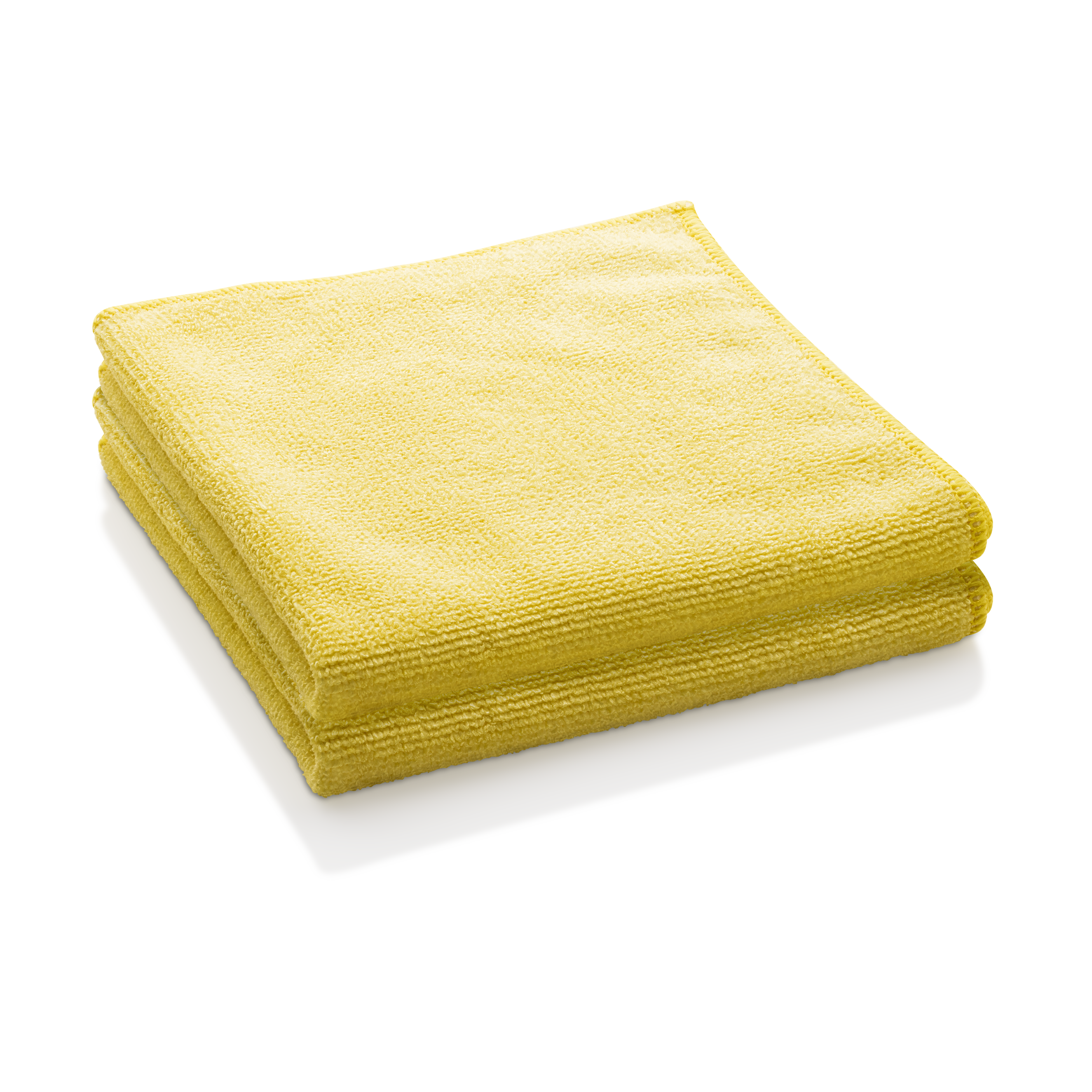
General Purpose Cloth
DESCRIPTION
Always up for some good clean fun, the E-Cloth General Purpose Cloth tackles nearly every household cleaning task on your list. Masses of precision-engineered microfibers attract and trap grease, grime, fingerprints, and over 99% of bacteria using the cleaning power of water. Use it on countertops, tile, appliances, even glass. Just dampen and wipe. With so many grab-and-go uses, this cloth will be a constant companion. And without cleaning fluids to lug and spray, you’ll speed through chores – and avoid elements that could linger in air and on surfaces and travel down drains. Rinse and dry between tasks. Toss in the laundry – not a landfill – to refresh. Reusable and backed by our 1-year or 100-wash promise, this cloth helps you cut down on waste and cost, and still clean fresh.


